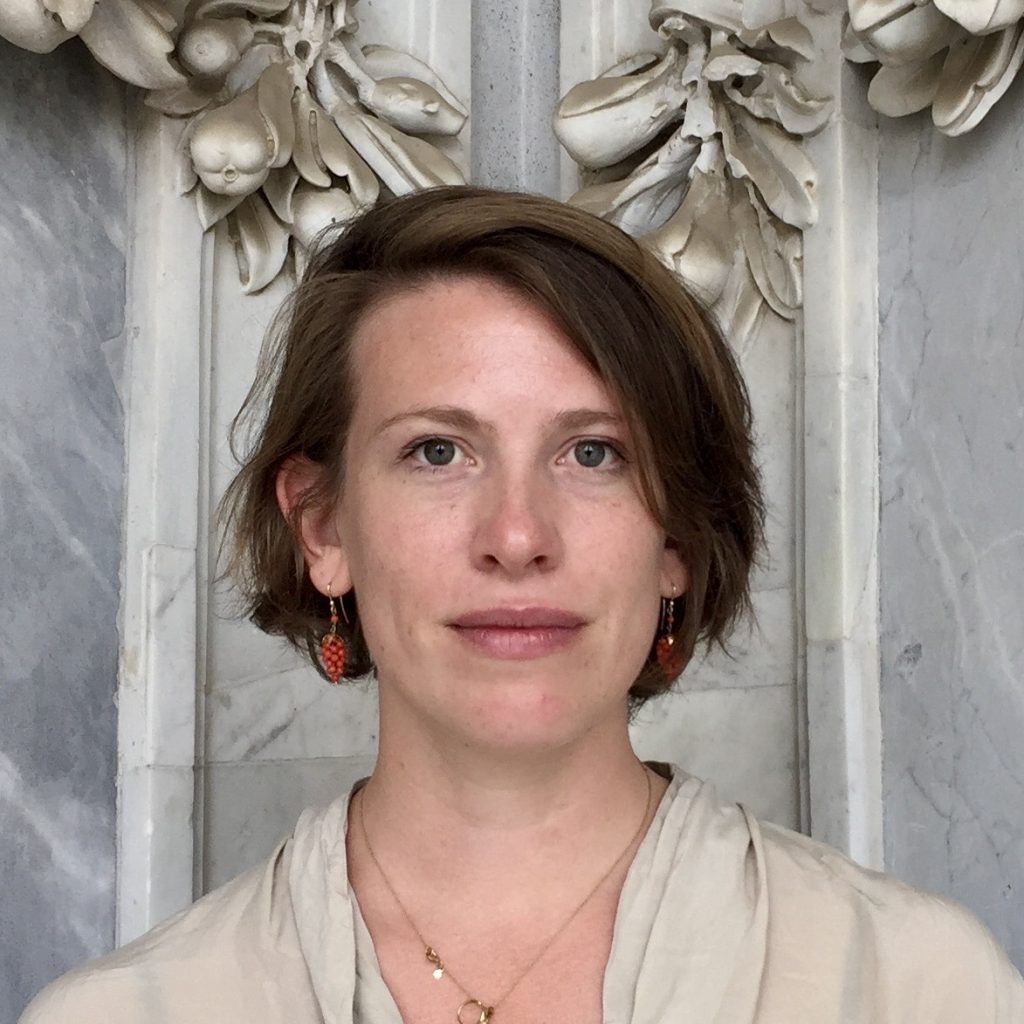May 2024 | Volume 25 No. 2
Island Immersion
Listen to this article:
The two-week trip to the island of Nisyros, just off the coast of Anatolia, took place last summer with 14 Bachelor’s and Master’s students, and was led by Professor Emma Letizia Jones, who teaches design and the history and theory of architecture at HKU.
Significant historically, Nisyros has been a node of maritime empires for millennia and played a significant strategic role from the Myceneans to the Venetians. Today, it is best known for the picturesque villages which surround its active volcano, which in turn gave rise to the Islet of Gyali, a landscape almost entirely made of fine pumice, a stone that is lighter than water. So light, it could almost float away, Gyali is in fact vanishing as it is being mined for its stone by an international concrete conglomerate.
“Shipload by shipload, it is disappearing over the sea,” said Professor Jones. “But the irony is that its very disappearance is Nisyros’ economic lifeline, allowing the small volcanic island to survive, and to imagine a future for itself beyond mass tourism.”
Professor Jones was introduced to Nisyros by colleague Dr Lydia Xynogala, a Greek architect who has been studying the island for several years. Dr Xynogala also acted as a guest critic for HKU students, introducing them to some of the more local aspects of the island.
‘Thick description’
Describing the field trip as ‘an interdisciplinary teaching experiment’, Professor Jones said: “We are interested in combining architecture and ethnography, and particularly interested in the anthropological methods of Clifford Geertz and his methodology of ‘thick description’. I wanted the architecture students to immerse themselves in the island, to practise observation – watching, listening, and paying attention to their surroundings in order to carefully document them.
“I often feel that architects have lost connection to place, and in architectural education, we need to teach students to become observers of places and sites to understand the best and most sensitive way to design for them. I think architectural studies are too computerised, so introducing some anthropological methods into the teaching was very important for me, to give the students some education on how to read culture and place.”
Different elements of the workshop syllabus covered ethnographic methods of knowledge gathering with architectural surveying and observation; ‘paying sustained attention’ to the immediate environment for which the students were guided through exercises in observation; and then describing what was observed, through conversation, film, and drawing and collecting found objects. As part of the programme, students were also asked to produce short films about the islands.
Professor Jones felt the students got a huge amount out of the field trip on many different levels. “They enjoyed it immensely – the idea of taking the pressure off having to ‘design’ something, but rather to step back and observe, gather, and enjoy their surroundings. Film can be a nice way to break out of the stress of architectural school and the constant production of design projects. I hope they will use some of our methods in future investigations of potential sites for their design projects.”
Reading the landscape
In addition to being a calming change for the students, the purpose of having them make films was to “show the audience how to read the landscape as an outsider and as a detective, how to become an interested observer without an agenda.”
The resulting short films were showcased in an exhibition at Hong Kong’s PMQ cultural hub. “The reaction was very positive,” said Professor Jones. “I saw members of the public watching and enjoying the films, which was very satisfying, as we saw it was not just for architectural specialists.”
Asked what was most surprising about the experience, Professor Jones said: “The students and what they observed of the island. They really entered into the spirit of the place and made some fascinating discoveries through film. They also dropped their guard and completely relaxed. By the end of the two weeks it was almost as if they were locals!
“A combination of walking, collecting, talking, filming, eating, drinking and playing bouzouki, as well as bathing in the thermal spring water of Nisyros really helped them step out of the high-stress Hong Kong environment, at least for a short time! I wanted to show them that architectural education is about living, sometimes slow living, and this can be very beneficial for creativity.”
In architectural education, we need to teach students to become observers of places and sites to understand the best and most sensitive way to design for them.

Professor Emma Letizia Jones

